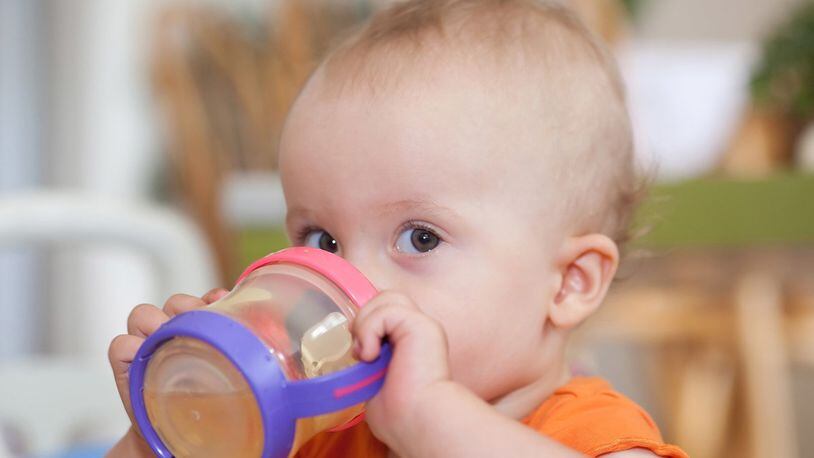BPA is found in polycarbonate plastic, which is used to make many common products we all have in our homes, like reusable water bottles and food storage containers. Since the 1960s, it has been used in food packaging to line cans and prevent corrosion.
Years ago, due to growing concerns over the chemical's side effects, many companies began reducing the use of the chemical in their products.
In 2012, the FDA ruled BPA should no longer be used in the production of baby products. However, the FDA currently states that studies linking Bisphenol-A to health problems are unclear and concludes the chemical is safe at the levels occurring in foods.
Because BPA is a fat-seeking chemical, it can easily leach into canned foods and other food products, especially when heated. Once in the body, it can mimic hormones and disrupt the endocrine system.
Bisphenol-S, or BPS, is a common replacement for Bisphenol-A in plastics. Like BPA, however, it can sneak into food once heated.
BPS has been linked to health issues as well. A new UCLA study proposes that Bisphenol-S is just as harmful as Bisphenol-A.
In the Feb. 1 edition of the journal Endocrinology, the study reports that BPS accelerates embryonic development and disrupts the reproductive system in animals.
The study also shows that even the smallest amounts of the chemical can encourage the growth of fat cells. Exposure can also interfere with hormone function, respiration, and heart rate.
Just because something is labeled as 'BPA-free' doesn't necessarily mean that the product is free from all harmful side effects.
Food packaging companies are researching and using various alternatives to Bisphenol-A, but these substitutes are dangerous as well. Phthalates, which are toxic, and formaldehyde, a carcinogen, are both approved by the FDA to be used in packaging materials.
So how can you avoid BPA and BPS? Using items labeled BPA-free is a start. Since most exposure comes from canned foods and beverages, use fresh or frozen versions instead.
Here are more tips:
1. Try to avoid plastics marked with "PC" or with a number 7 in the recycling symbol (usually found on the bottom of the product). The PC indicates it is a polycarbonate plastic. You can also look for products in glass jars or tetra paks. Tetra paks are thin layers of aluminum, paper and a minimal amount of plastic.
2. If you use plastic containers, avoid heat. Do not put them in the dishwasher or use them to reheat food in the microwave.
3. Bisphenol-A can also be found in one surprising location — store cash register receipts. The paper used in cash registers is actually coated with bisphenol-A, so decline your receipt at the store, or wash your hands as soon as possible after handling a receipt.
About the Author
